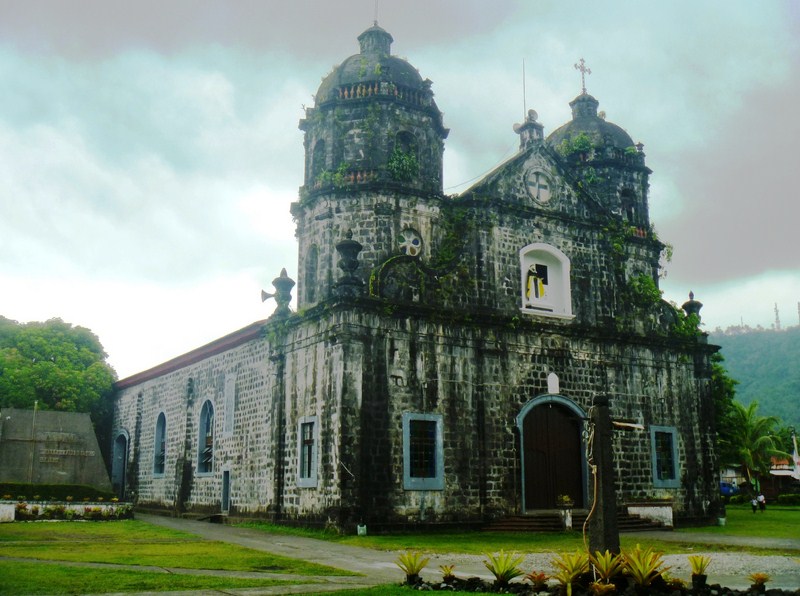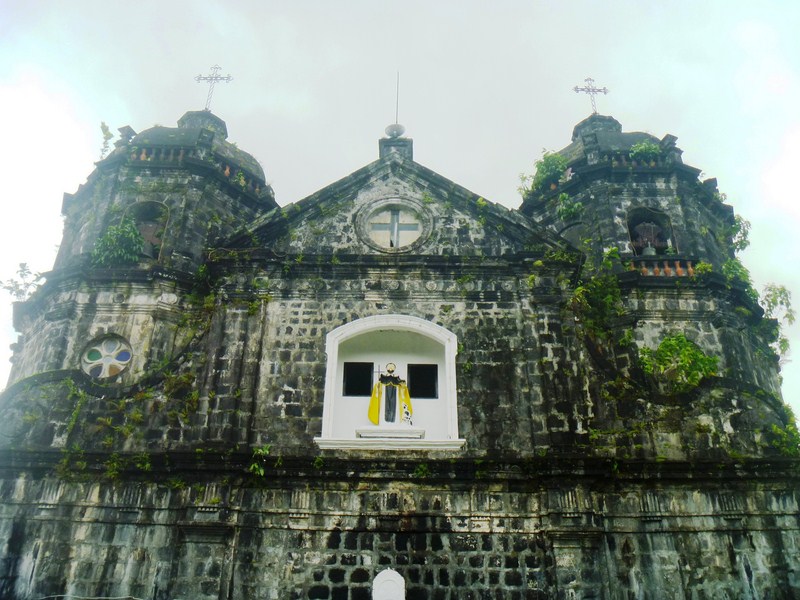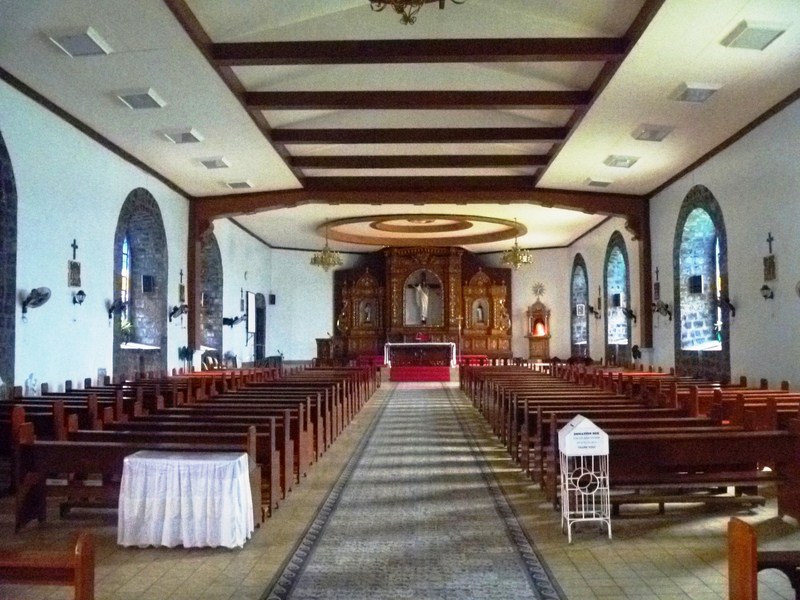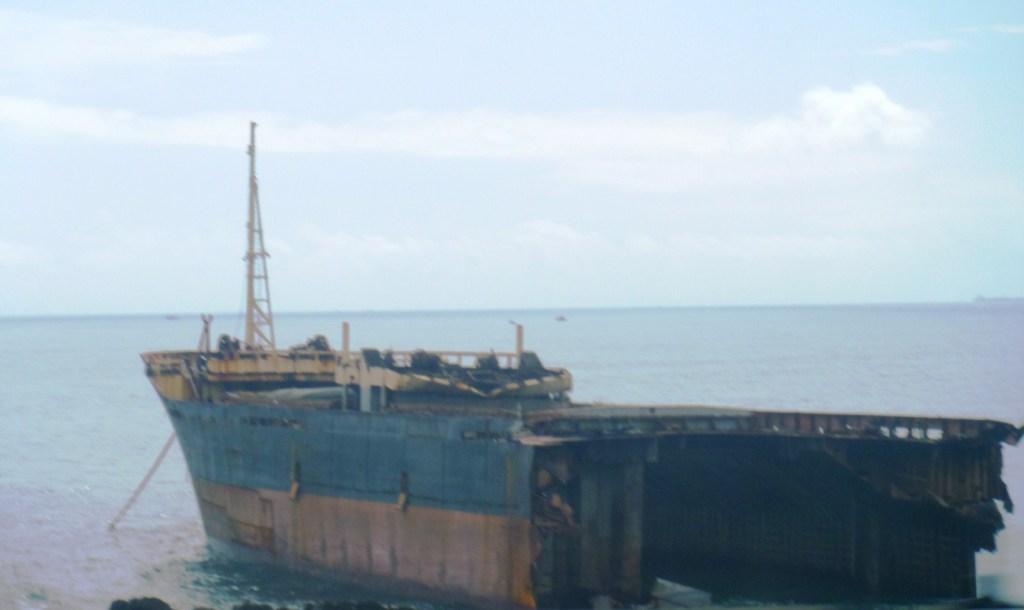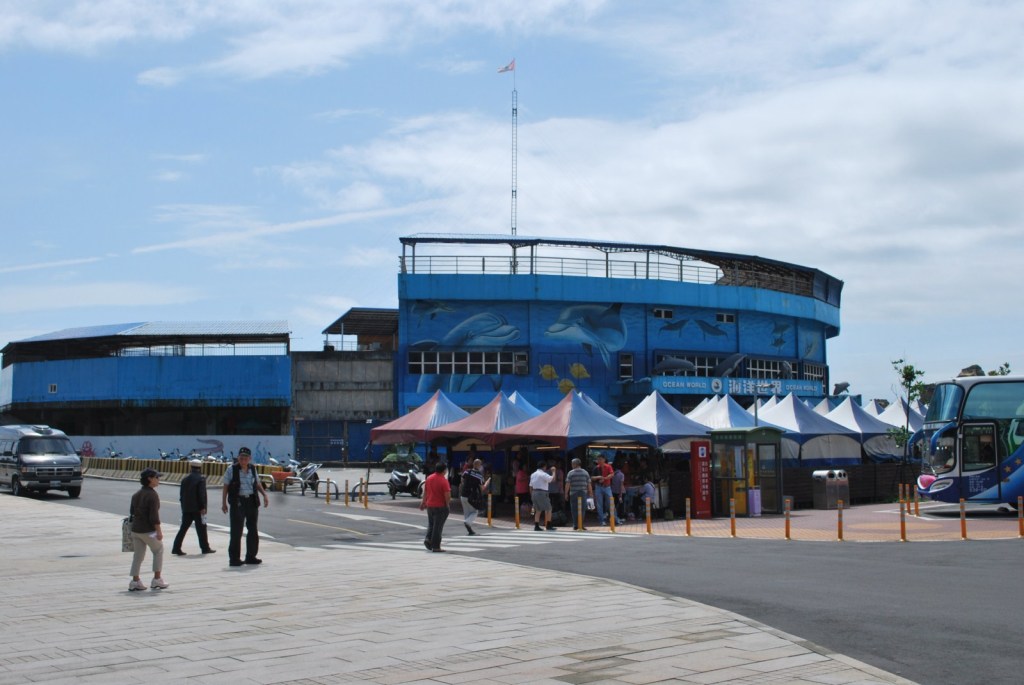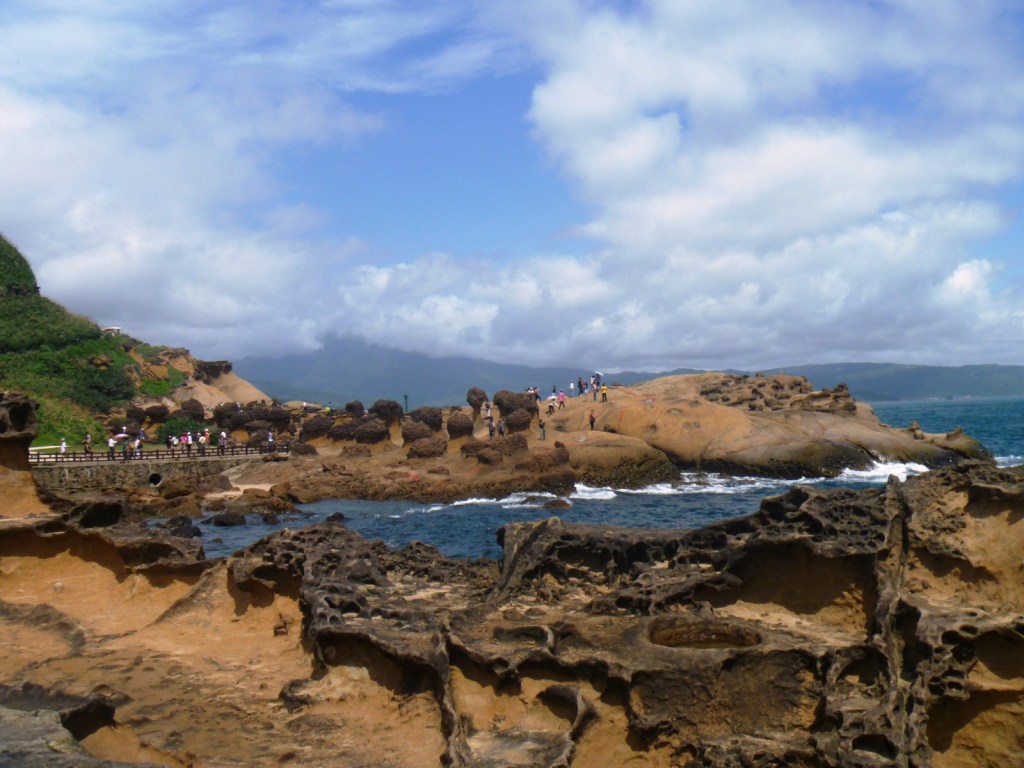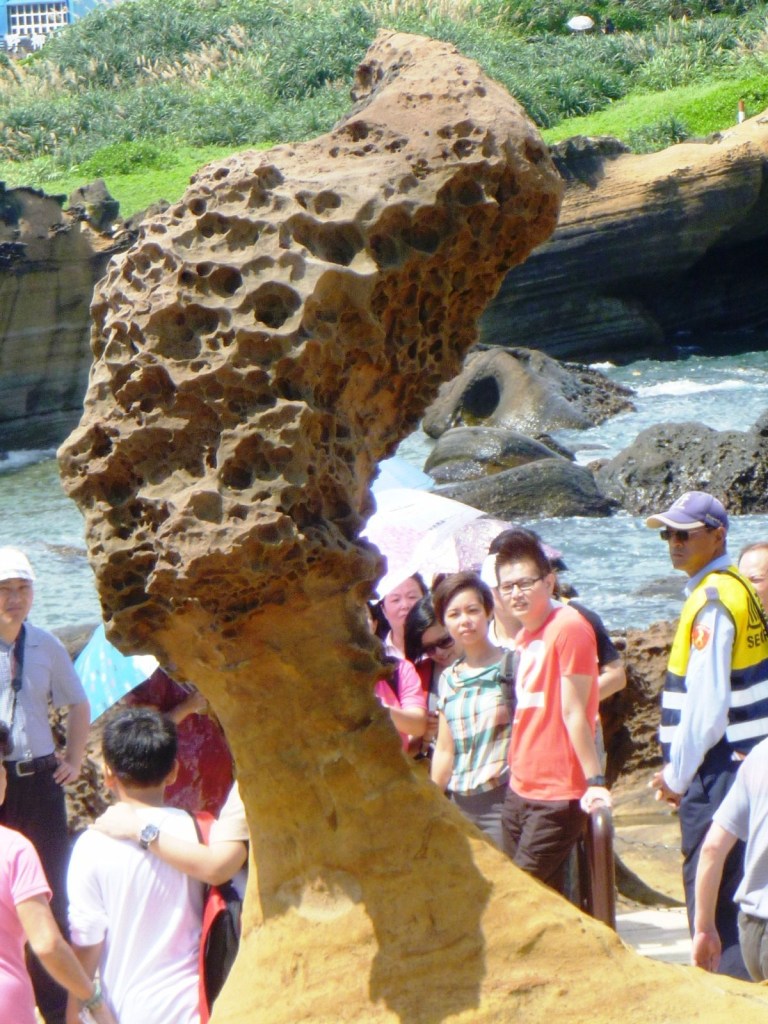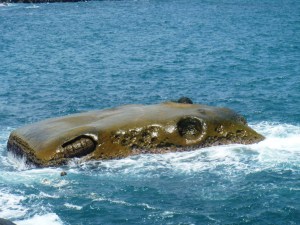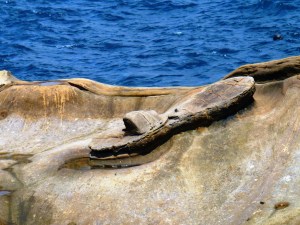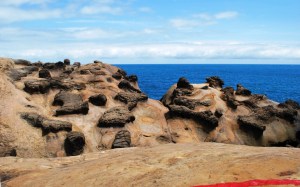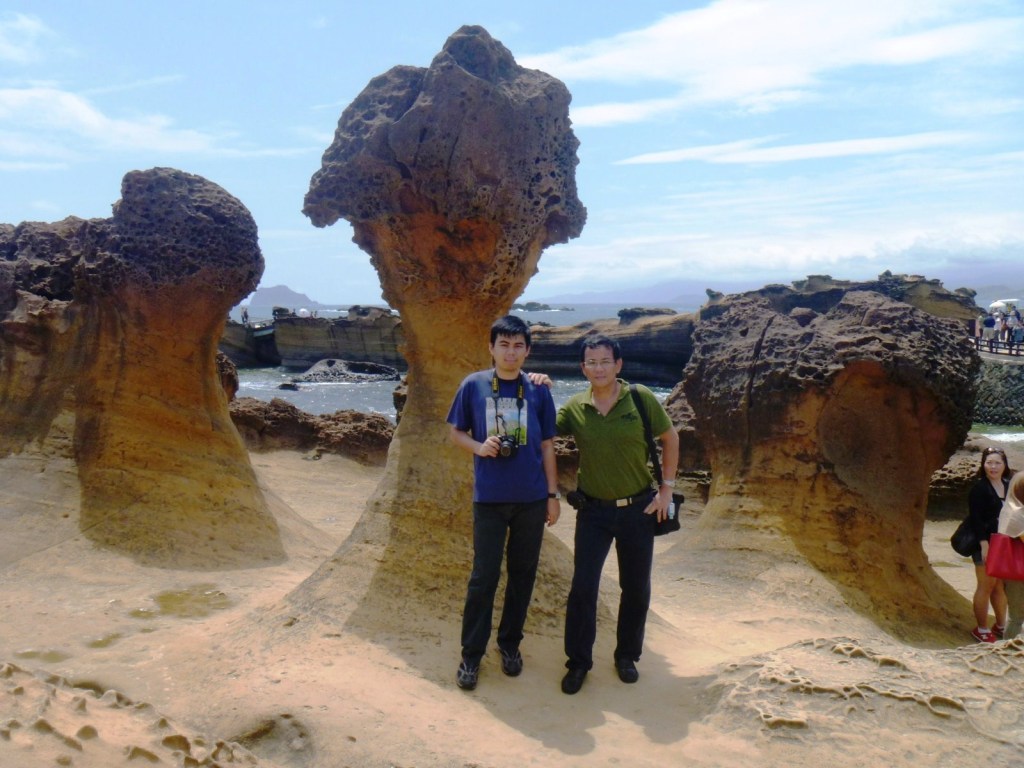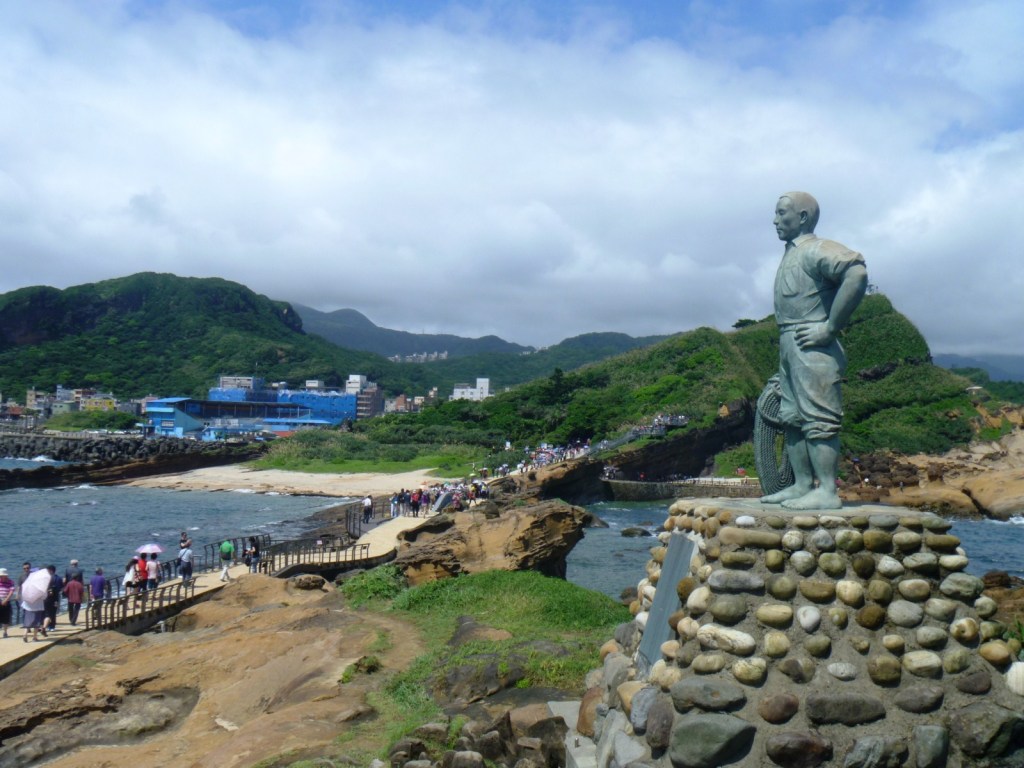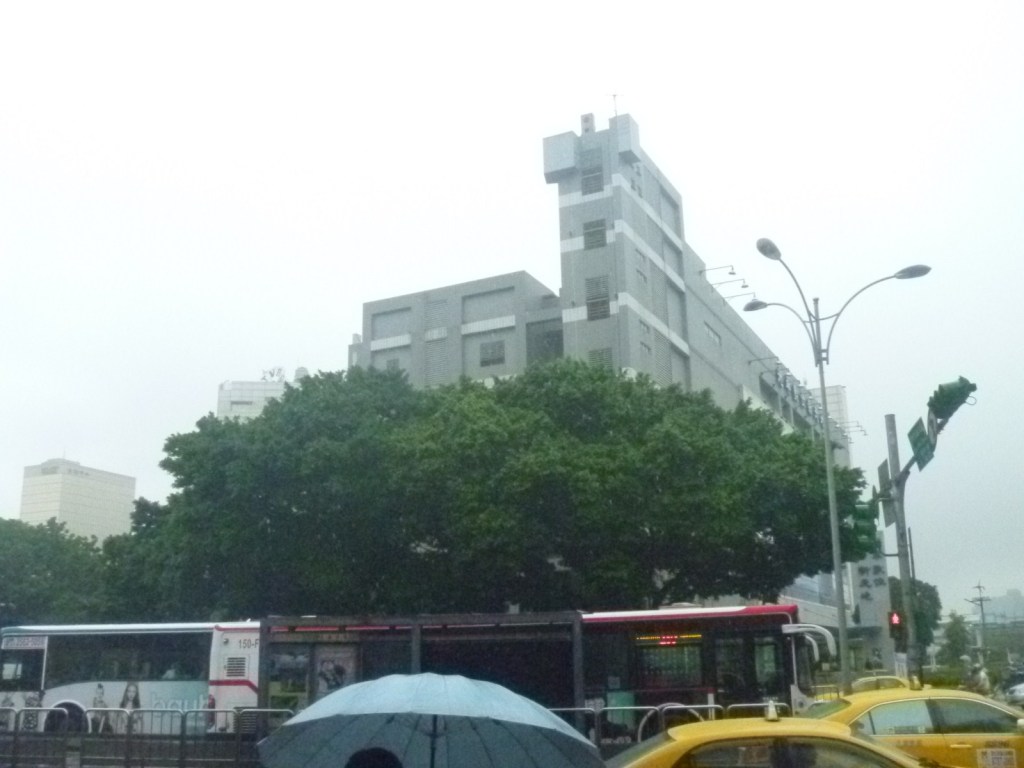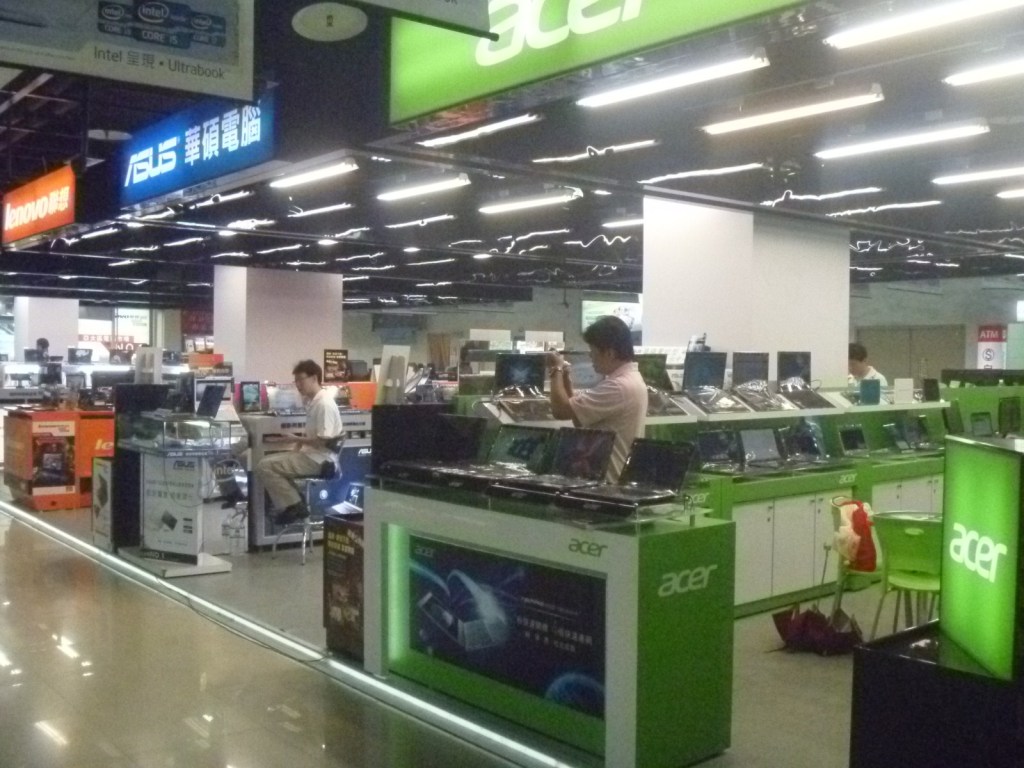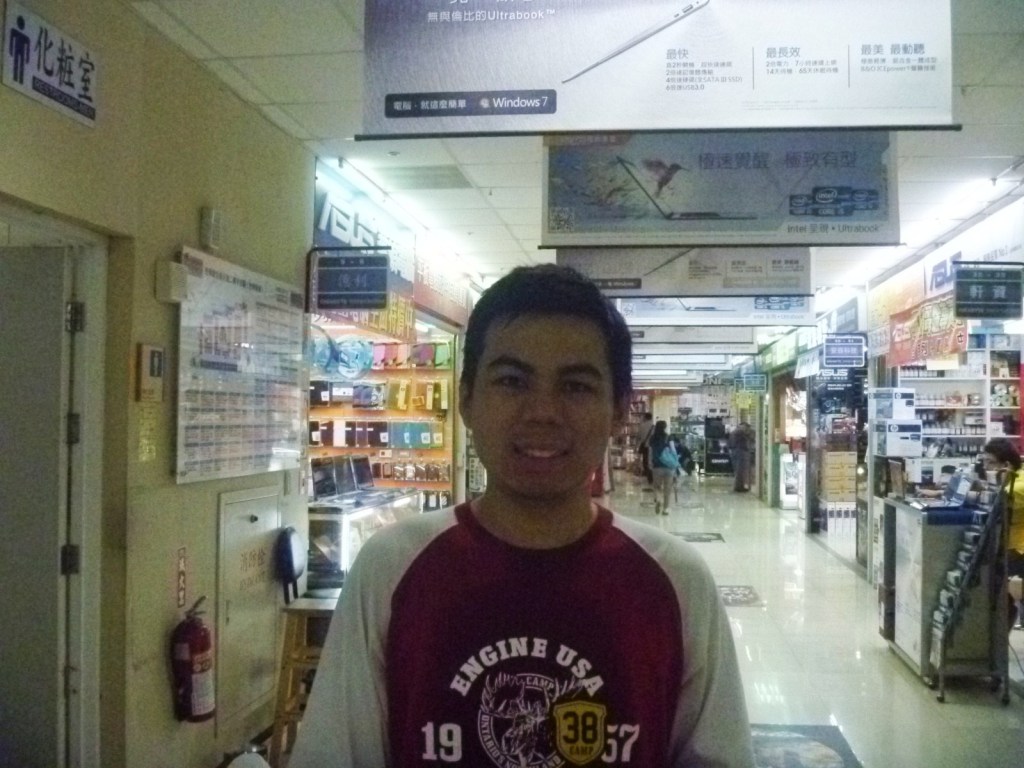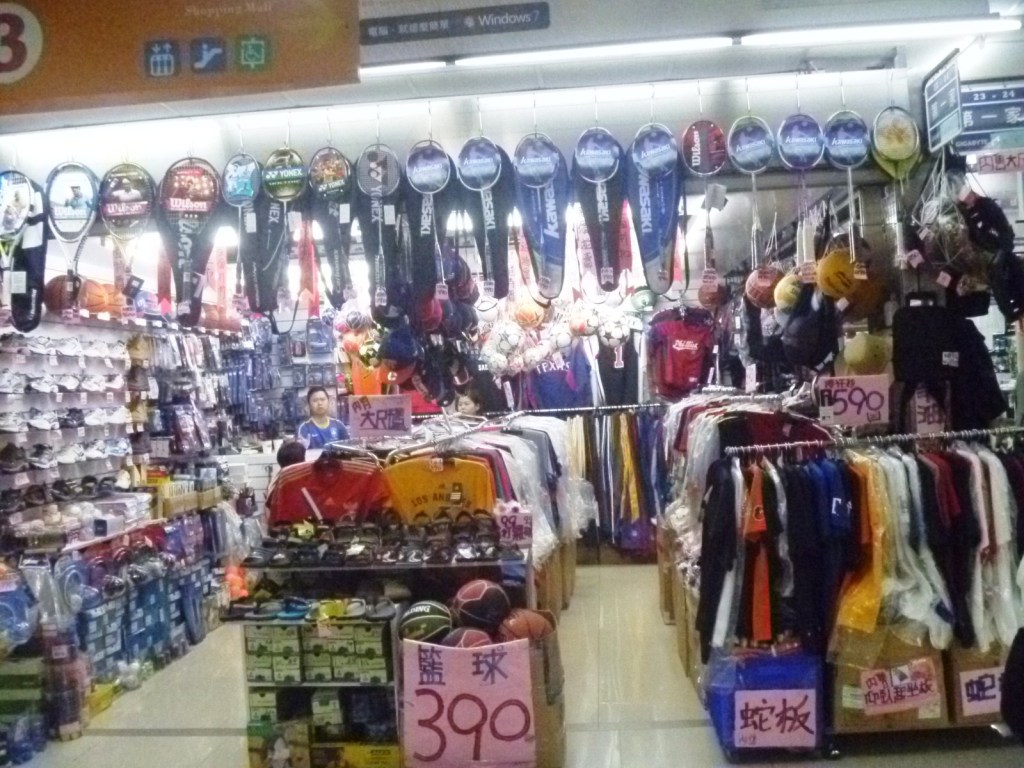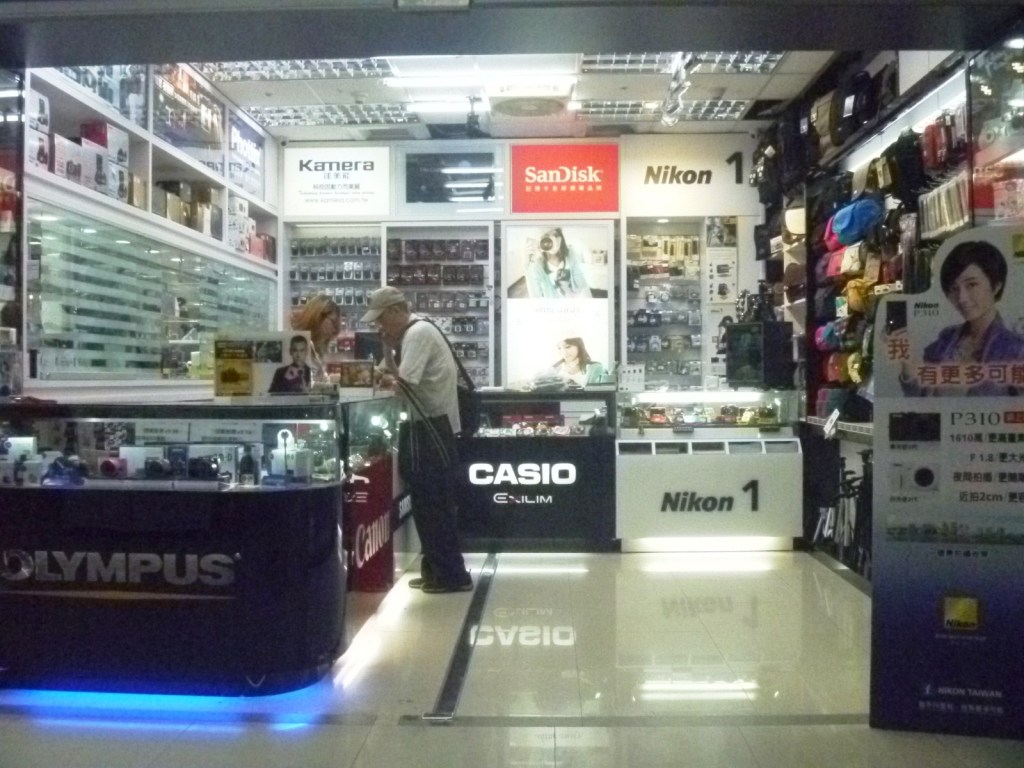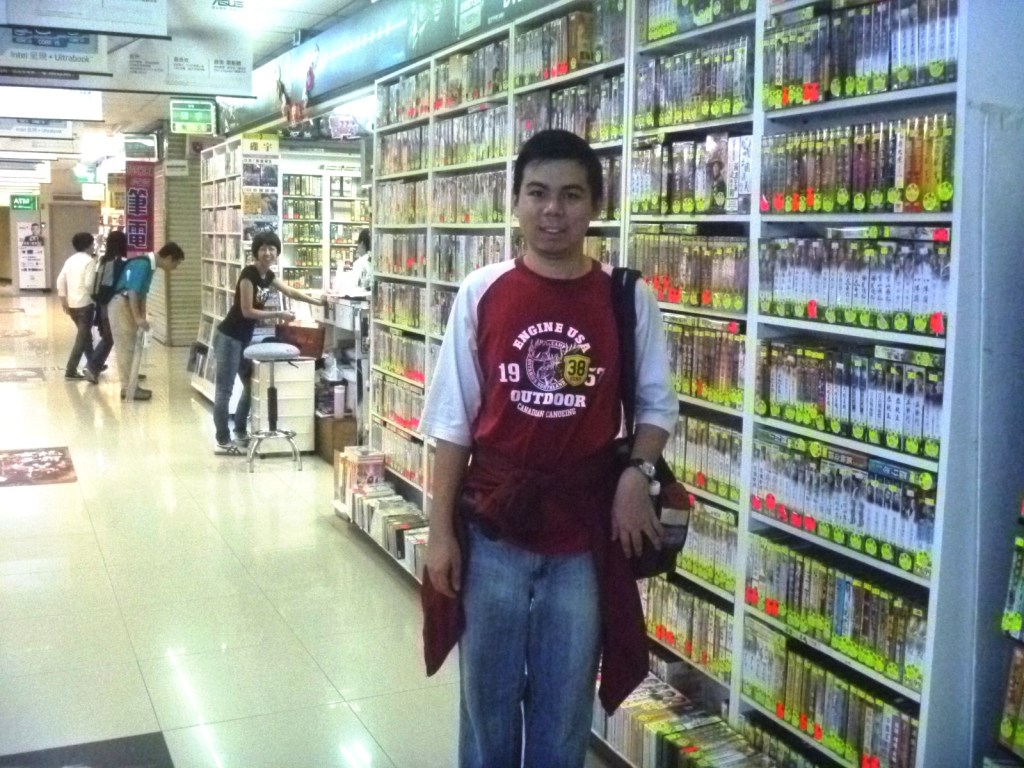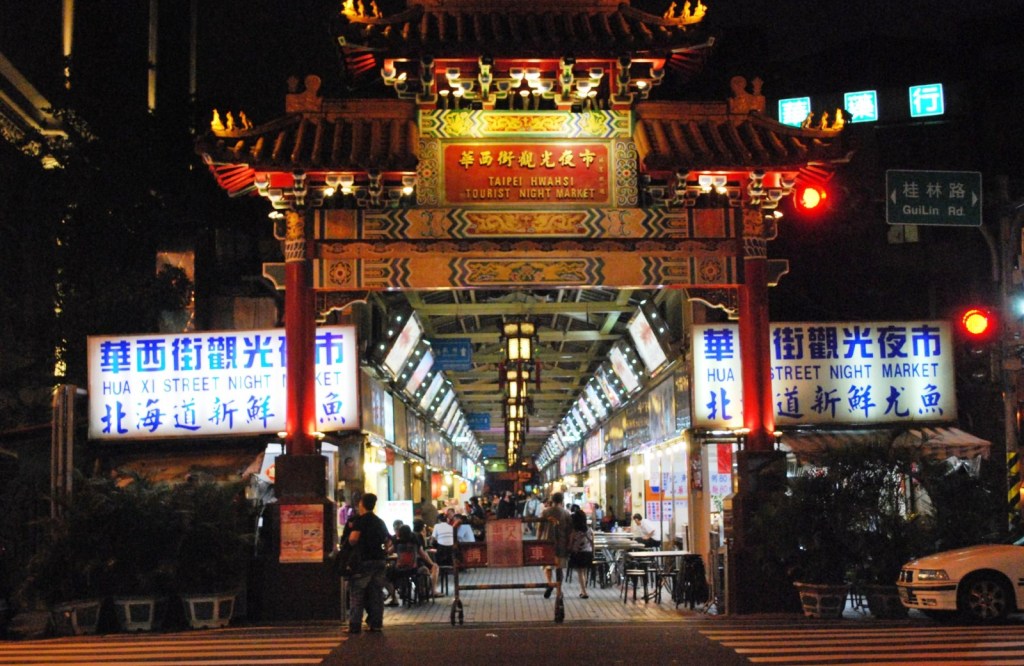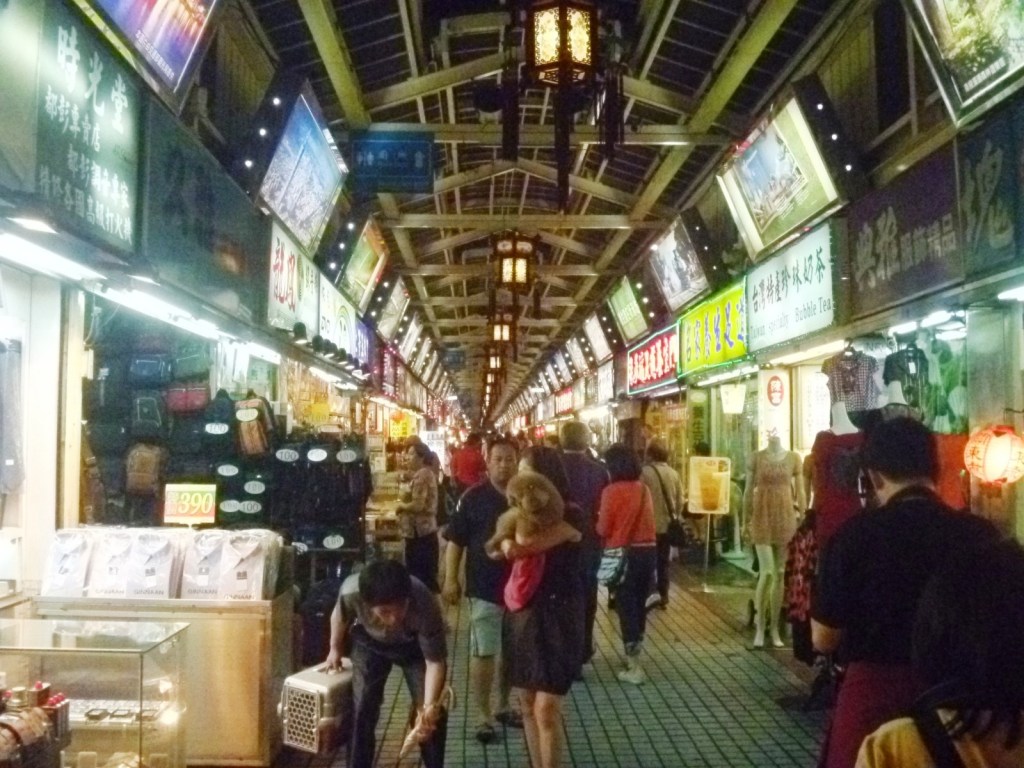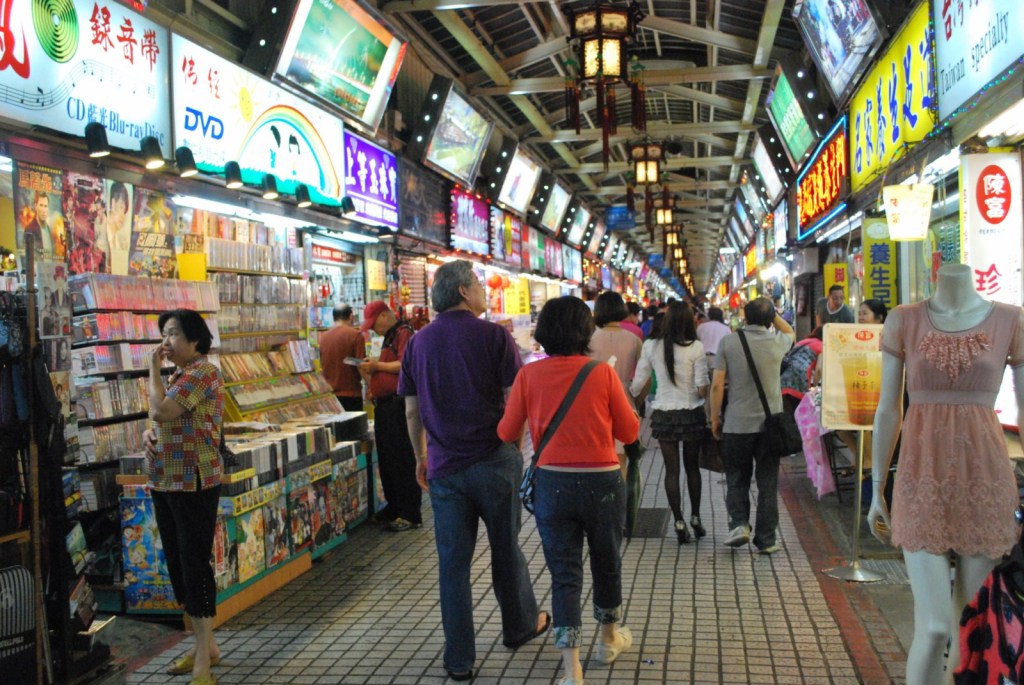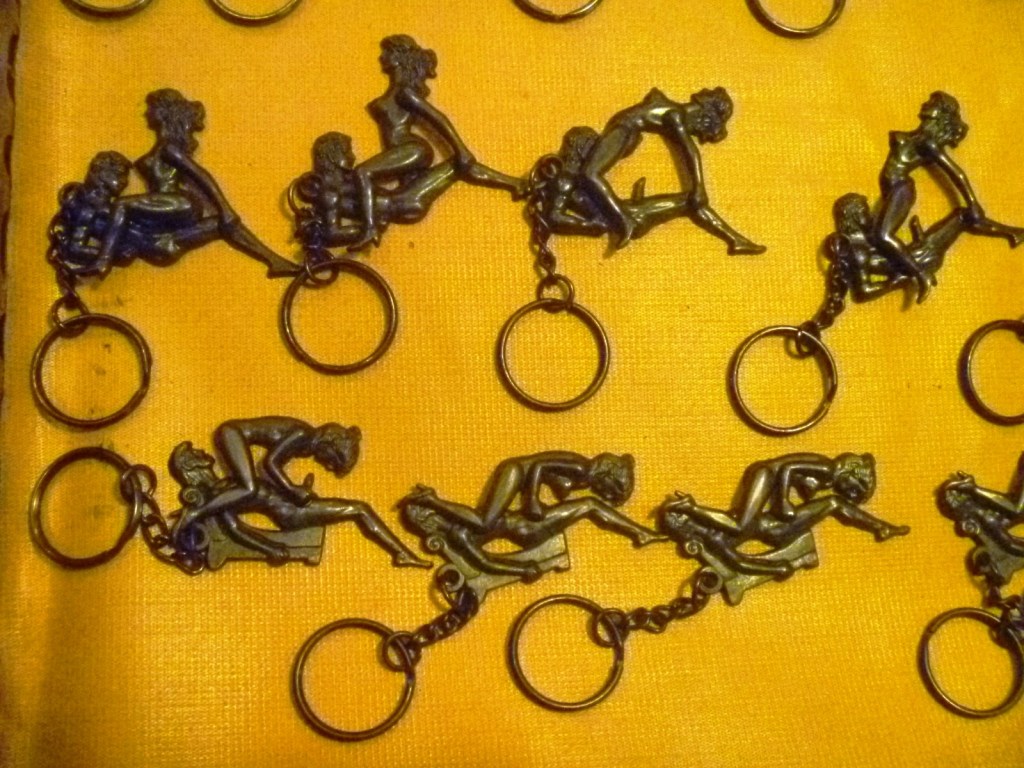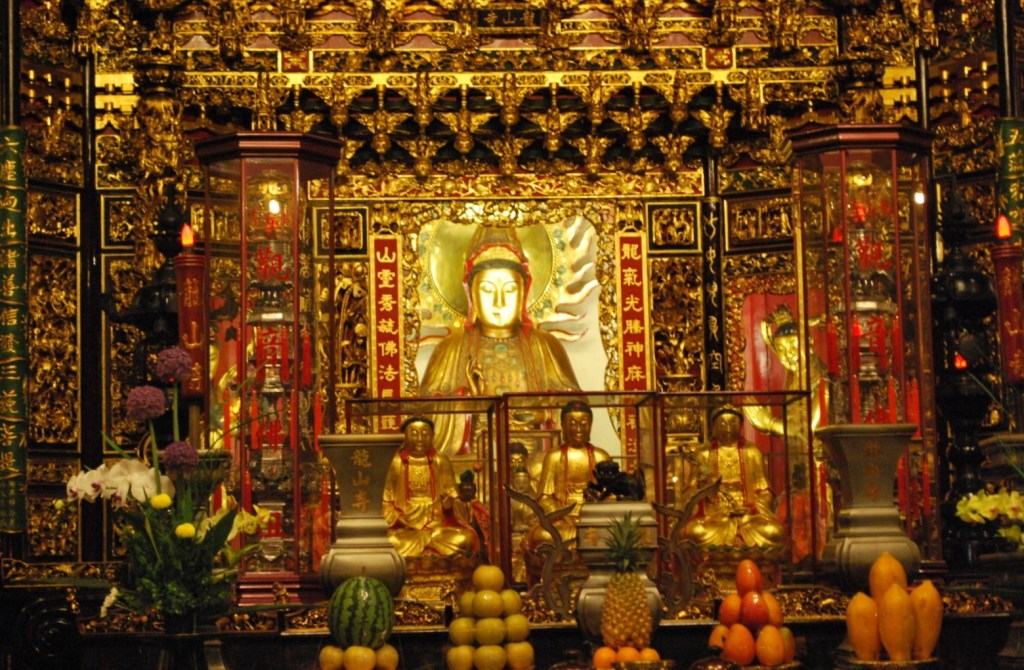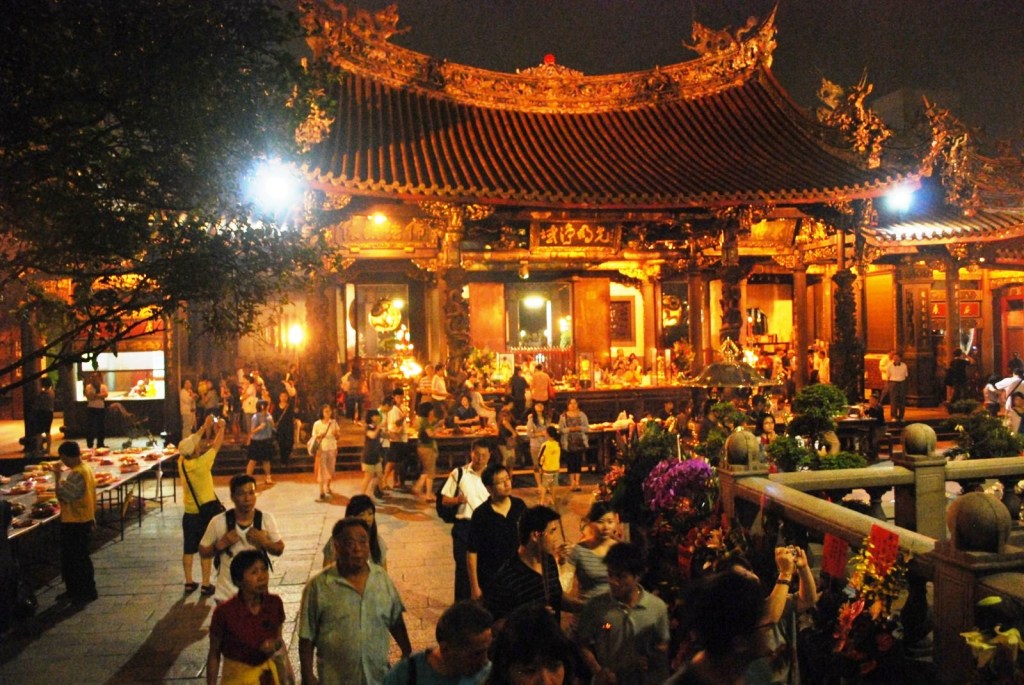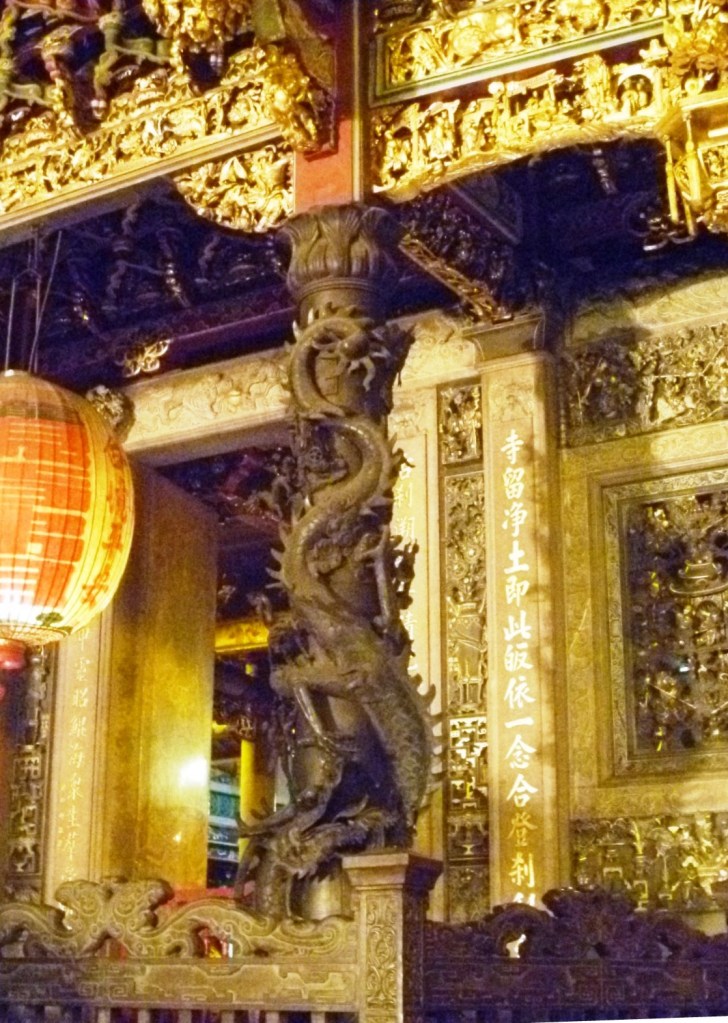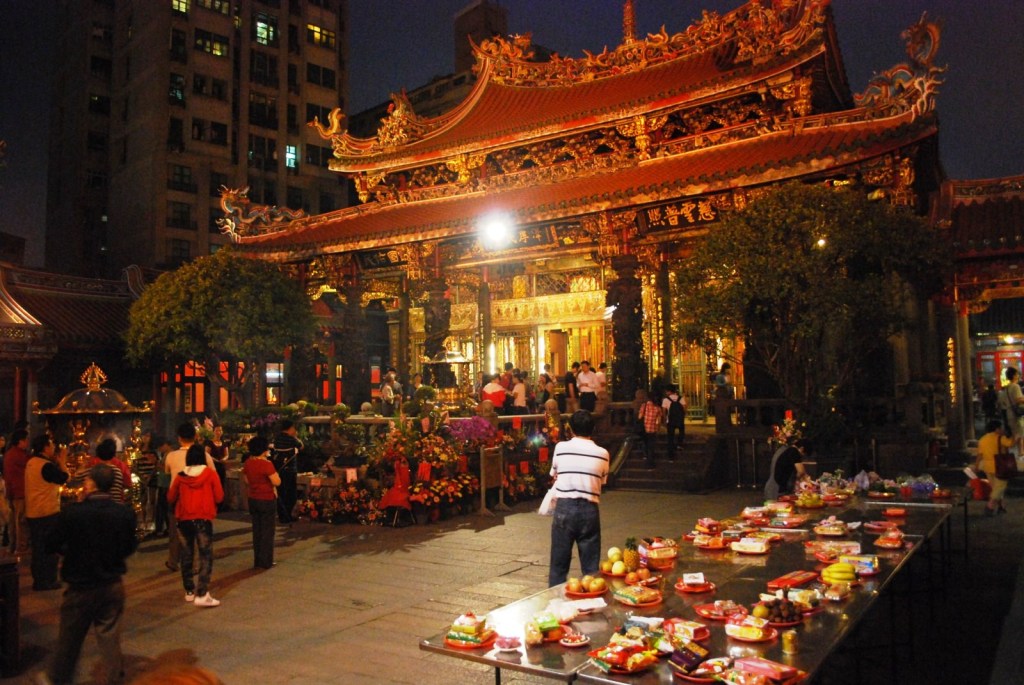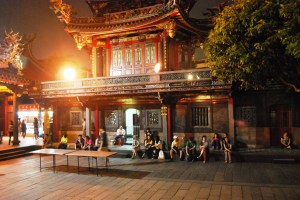From Sto. Domingo, Bernard and I motored to the nearby town of Bacacay where we paid a courtesy call on, and had lunch with, 72 year old, first term Mayor Tobias B. “Tobing” Betito, the former vice-mayor and schoolteacher, at the newly renovated (last 2008), 2-storey municipal hall. Mayor Betito granted us the use of an Isuzu Crosswind and the services of a driver so that we can explore Cagraray Island, the home of the 20-hectare, world-class Misibis Resorts, Estate and Spa.
| The 2-storey municipal hall |
Before leaving for Cagraray Island, we walked over, across the street, to the Church of St. Rose of Lima (a Peruvian saint).
Check out “Church of St. Rose of Lima“
| Church of St. Rose of Lima |
At the left side of the church are the ruins of the old church and belfry. My guess is these are the ruins of the church built in 1660. The present church was probably built in the 1800s.
| The old church ruins |
We next walked over the hardly discernable remains of Roca Baluarte in Brgy. 3. Formerly a Spanish-era fort with a lookout tower used to warn against Muslim pirates, it was converted into a beach resort but now lies abandoned, amidst nipa palms and mangroves, after the resort was ruined during super typhoon Reming (international name: Durian) that hit the Bicol Region on November 30, 2006.
| Roca Baluarte |

